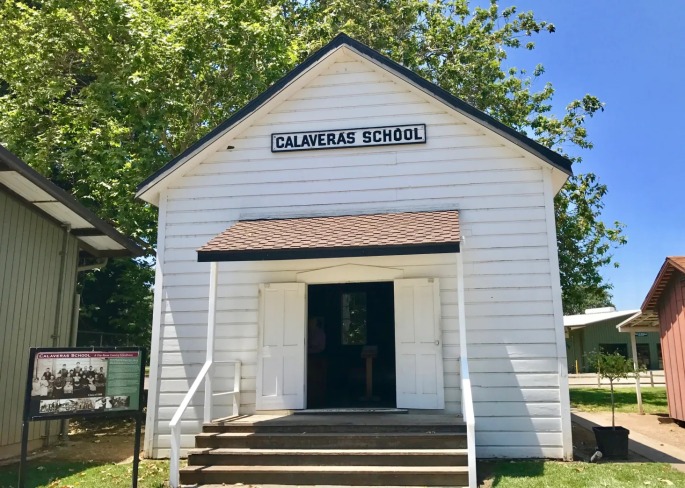David Labaree on Schooling, History, and Writing: School’s Shift from Community to Competition Can Harm Our Youth
This post is an op-ed that Deborah Malizia and I just published in the San Jose Mercury News. Here’s a link to the original. It follows up on an earlier op-ed we did on the subject.
Schools’ shift from community to competition harms our youth
U.S. EDUCATION SYSTEM CREATED IN THE 19TH CENTURY TO SERVE THE PUBLIC GOOD NOW PRIORITIZES AND ADVANCES PRIVATE GAIN
DAVID LABAREE AND DEBORAH MALIZIA
The current state of young people’s mental health is dire. Amidst their staggering rates of anxiety, depression and deaths from suicide and drug overdoses, the U.S. surgeon general declared a youth mental health crisis in 2021 and identified an epidemic of loneliness in 2023, with young people among those at highest risk.
Why is this happening? From our perspectives as a scholar of education and as a parent, one key source of the problem is the profound shift in our public schools — from their origins in the early 19th century as community institutions serving the public good to their transformation into a system that prioritizes and advances private gain.
To help shed light on this consequential change, let’s return to the 19th century when the U.S. created a system of universal public schooling to help build civic-minded communities and minimize the differences in social class that posed a serious threat to the early American republic. The idea was to promote cohesion by bringing together all the local youth into one classroom where they would undergo a shared experience of acquiring basic skills, knowledge and cultural values.
At that time, the connection between education and work was distant. By the end of the 19th century however, with booming industrial production and a stable republic, the mission of the public schools evolved into strengthening the nation’s human capital by teaching students’ workplace skills. Over time, and as enrollments grew, high schools abandoned a common course of study, separating the curriculum into tracks leading to different outcomes, from the vocational track at the bottom to the college-prep track at the top.

Schooling moved from a shared learning and cultural experience that generated a sense of community and common purpose to an individual competition for the grades, credits, extra-curricular achievements and degrees that determine students’ future life chances. Once college enrollments surged in the mid-20th century, the struggle became a contest to gain admission into the most selective college possible. Rising levels of income inequality have only intensified the competition.
One result is the devastating increase in student stress and social disconnection, in a setting where every student becomes a potential adversary in the race for extrinsic achievement, and the relentless pressure hurts students at all levels. In the words of one mother, “students at the top of the class still feel ‘less than’, students in the middle feel stupid, and those who struggle in school feel crushed, devastated. … No one wins.”
This environment produces an overscheduled adolescence micromanaged by adults (parents, teachers, coaches, tutors), depriving young people of agency and unstructured, pressure-free time to learn about themselves and what matters to them, and to explore connections with others — which recent research has linked to the decline in young people’s mental health.
To fully confront these serious problems and stop the damage to our young people, we cannot simply diagnose and treat individual symptoms. Rather, we must make real changes at their source — the education culture. After all, schools are where children spend most of their time outside the home and where they are trained, either intentionally or unintentionally, in the mores of society.
By changing the education culture from a system of incentives that prioritizes individual achievement over the common good to one that creates balance between these two goals, we can create an environment that reduces the toxic achievement pressure on students, while promoting social connection as well as individual accomplishment.
The time to act is now. The status quo is unsustainable for both our young people and our country; our country’s future lies in their hands.
David Labaree is a sociologist and emeritus professor at the Stanford University Graduate School of Education. Deborah Malizia is an attorney/mediator who studies mediation training to increase emotional well-being among lawyers and young people.
This blog post has been shared by permission from the author.
Readers wishing to comment on the content are encouraged to do so via the link to the original post.
Find the original post here:
The views expressed by the blogger are not necessarily those of NEPC.
